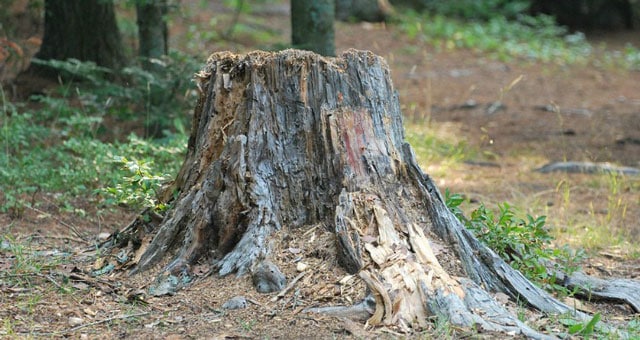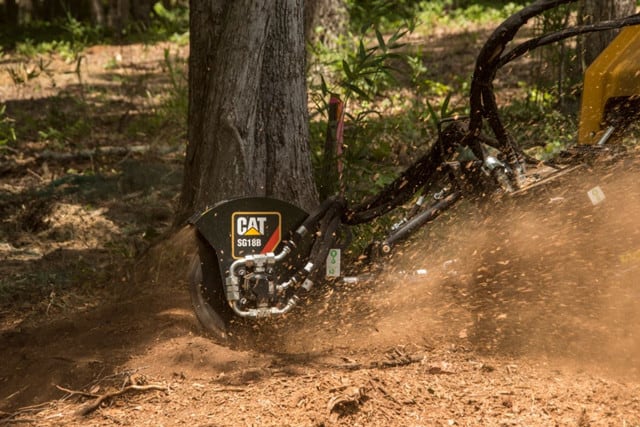Find My Local Expert Terminating Termites by Stump Grinding Termites...
Read More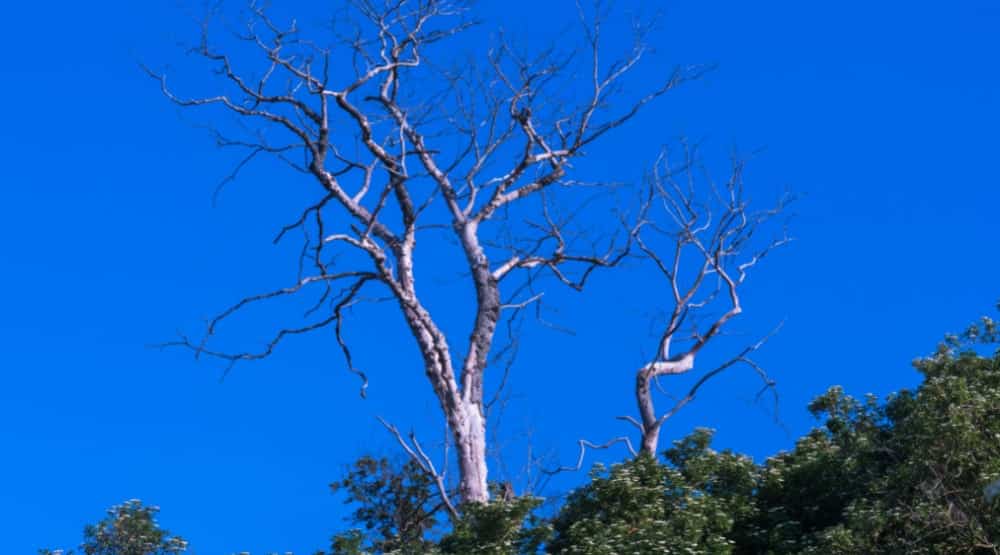
7 Signs your tree needs to be cut down
Trees are beautiful and it can be heartbreaking to have to cut one down – but sometimes, it’s necessary for safety reasons. If your tree is unhealthy, it can sometimes become a liability when they pose risks to buildings, property, or people.
Is the tree uncomfortably close to your buildings? Are there no new leaves growing on the tree? Do you notice a large number of dead branches or a hollow interior trunk? Is the tree infested with fungus diseases, leaning, or peeling bark? These are all warning signs that your tree may need to be cut down to avoid potential hazards.
The key to saving a tree is knowing how to spot the dangers that indicate it needs to come down. It’s not hard if you know what signs to look for.
In this article, we’ll explore seven key signs that indicate it may be time to remove your tree:
#1 The tree is uncomfortably close to buildings
If the tree is too close for comfort, then it’s time to consider cutting it down. Having a tree close to your house or other buildings can cause problems with your property. Its roots can potentially uplift the foundation of your home and the branches touching the siding can cause mold growth – an issue that can be costly to fix.
Tree care is important, but even if you’re up-to-date on regular trimming there could still be problems with a tree that’s too close. It could block the sun from reaching portions of your home and also lead to mold problems developing in other areas. To avoid bigger issues, don’t forget to check in on your trees and make sure they’re not getting too close!
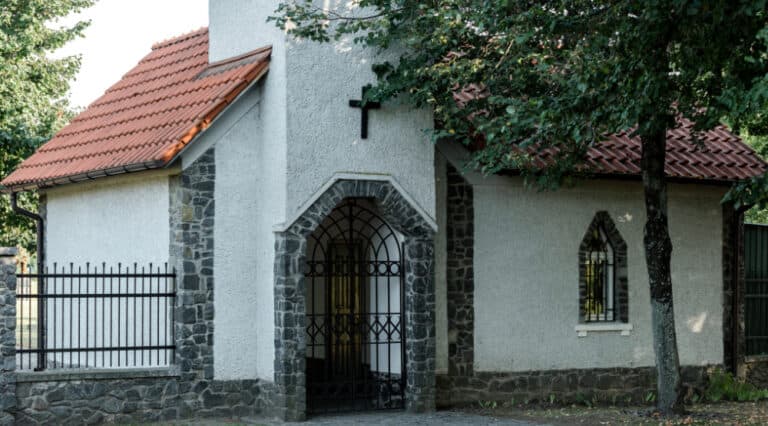
#2 It's not producing any new leaves
It has stopped growing leaves If you notice that a tree used to grow big and beautiful leaves, but now it’s showing no signs of leafing out, this is not a good sign. It could be due to pest damage, a lightning strike, an adverse environment or simply old age; chances are, the tree won’t recover from these issues and may as well be a dead tree.
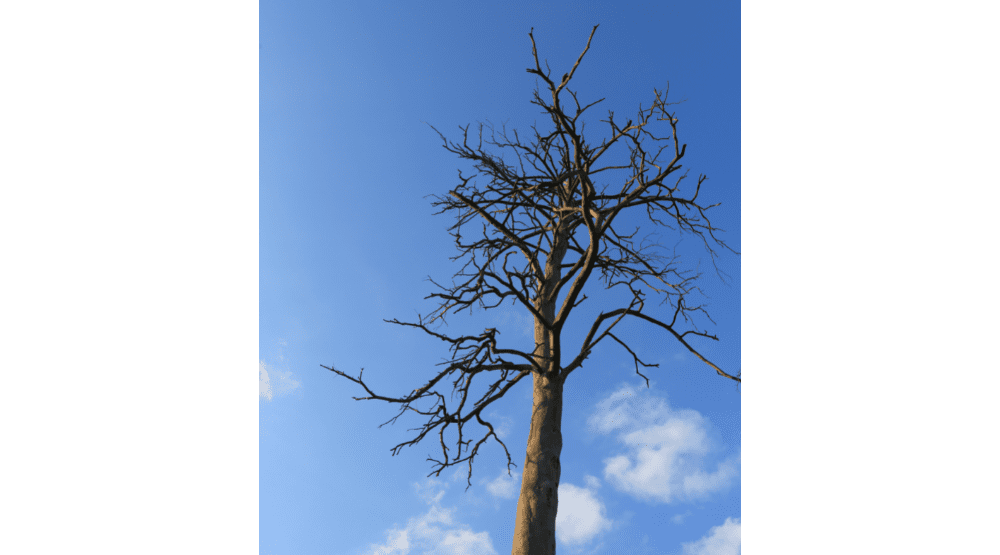
In cases like these, rather than allow them to fall on their own due to wind or other conditions, you should consider having them professionally removed. Removing a tree isn’t something to be done haphazardly – so if you need help with this task, make sure you find someone who knows what they’re doing.
#3 Dead Branches
Dead branches can weaken the entire structure of the tree, making it more likely that other branches may break off and cause damage. If you notice more than 25% of your tree’s branches are dead or damaged, then it’s time for you to start thinking about removing the tree.
Crossed or rubbing branches should also be removed since they often cause strain on the trunk of the tree that can eventually lead to breakage. Furthermore, if your tree has narrow branch angles, especially in its main trunk, those should be corrected as soon as possible as these crotches are usually prone to splitting and can become a serious hazard if not taken care of properly. For this kind of situation, cabling two co-dominant leaders together is recommended by an arborist in order to relieve the strain and avoid any possible breakage.
#4 The Trunk is Hollow
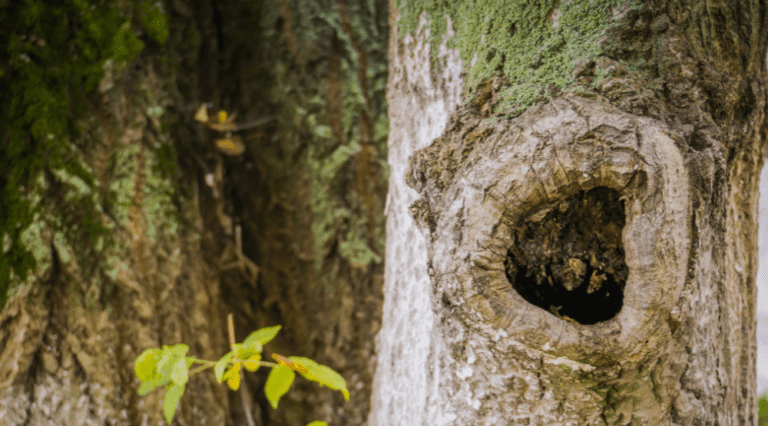
Do you have a hollow tree? Visual inspection and sounding with a rubber mallet are great ways to detect hollowness in the tree trunk, however, it’s wise to also seek the opinion of a professional arborist.
A hollow trunk especially signals danger for your home or family as the structural integrity weakens. The branches and limbs could fall at any time and you definitely don’t want them crashing at an unexpected moment! Additionally, animals like owls and squirrels may take up residence in these cavities since they offer a nice and safe place to stay.
If you notice cavities or hollowness in your tree, call a professional arborist right away. They can tell if the tree is still sound enough or if it needs to be taken out before it causes potential harm to you, your home, or nature’s creatures.
#5 Fungus Infected Tree
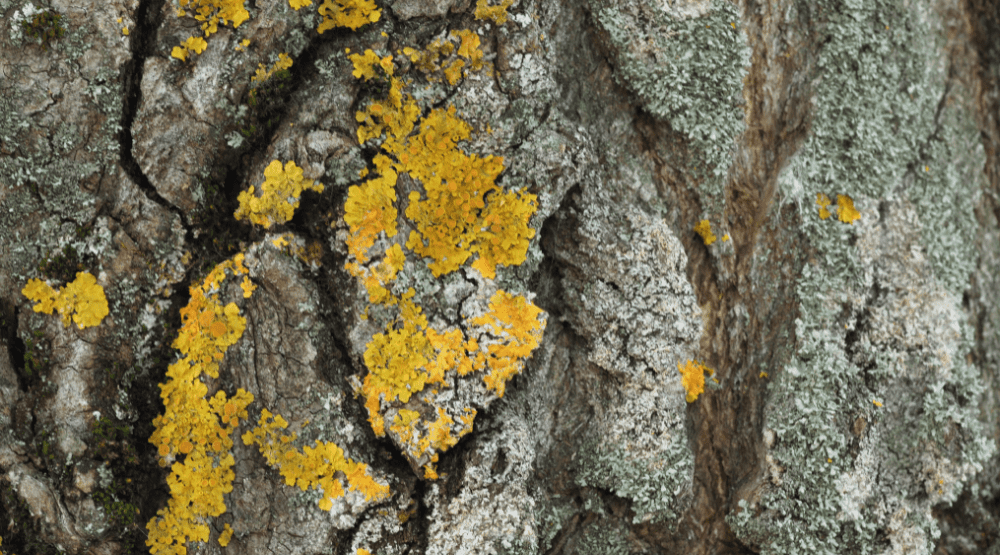
When it comes to tree diseases, it’s impossible to ignore the presence of fungi. If you notice mushrooms growing at the base of your tree, then this is a sure sign that your beloved tree has contracted a fungal disease.
Furthermore, other signs that this might be the case include wilting and falling leaves or needles, depressions in the wood, scabs in fruits, bleeding cankers, stunted growth and tiny pimple-like spore-producing structures.
If any of these signs are present on your tree, then it’s time to face facts – you have a diseased tree and your tree requires an expert diagnosis from a certified arborist in order to determine whether the fungus can be treated or if it spells doom for your beloved arbour.
#6 The Tree is Leaning
One of the signs that your tree needs to be cut down is if it’s leaning, regardless if it’s a healthy tree, a leaning tree is a potential hazard. Trees might grow slightly aslant due to stretching for sunlight, and this can cause balance issues. Tree roots may even be weak enough that they can’t keep the tree in its place, leading it to potentially fall down during a storm or high winds.
If you observe your tree is suddenly leaning, then it likely indicates some kind of root breakage, and there’s a high chance that it could collapse at any moment.
There may also be an instance when a tree is growing near power lines, it can can be a hazardous tree and may require professional intervention from a certified arborist or tree service. Trees that are in close proximity to power lines can become hazardous as they grow taller and their branches reach towards the lines. This can result in the tree coming into contact with the power lines, potentially causing power outages, property damage, and even posing a safety risk to people in the vicinity.
To prevent these accidents from happening, it’s best to hire a professional tree surgeon and get the problem taken care of as soon as possible.
#7 The bark is beginning to peel off
If you notice that the bark of your tree is peeling and flaking off, this could be a sure sign that it’s become an unhealthy tree and needs to be cut down. This bark loss can indicate a lack of nutrients, but also possibly an underlying disease.
You may be able to save the tree by carefully taping the bark back on and providing it with extra water, however, if the problem is due to an infectious condition, then unfortunately you’ll have to make the tough decision to cut it down. It’s better to do so sooner rather than later as an infection can easily spread to other trees in the area, putting them at risk too.
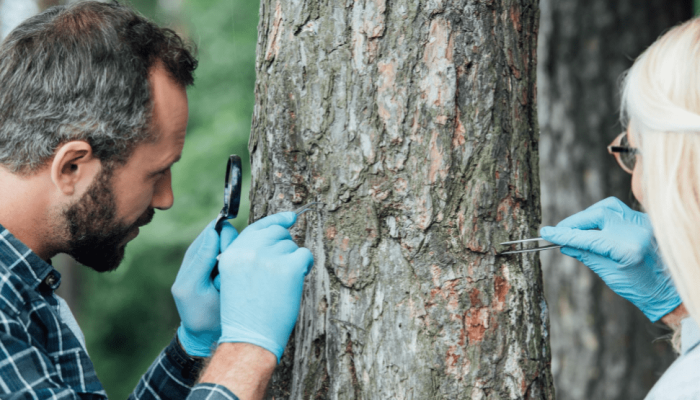
Hire a Tree Surgeon Today!

In simple terms, there are a few telltale signs that your tree may need to be cut down. First, if you notice a lot of dead branches or wood hanging around, that’s a sign it might be time to take action. Leaning trees, weak or rotting roots, and mushrooms or fungal growth on the branches or trunk are also red flags. If your tree seems generally unhealthy or has been damaged by pests, it’s another indication that it might be time to consider removal. Lastly, if your tree is too close to your property and poses a potential risk to structures or utility lines, it’s important to take action to prevent any potential hazards. Keeping an eye out for these signs can help you make informed decisions about whether it’s time to say goodbye to your tree.
If any of these signs sound familiar to you and your tree is exhibiting them, then it’s time to take action before it becomes a safety risk for your home and loved ones. Do note that removing a tree can be quite a difficult task, so make sure you hire a tree removal company who have the expertise and experience to handle this job correctly. Don’t wait too long – take care of the problem before it gets worse!
You May Also Like...
How to Use Stump Grindings as Mulch For Your Garden
Find My Local Expert How to Use Stump Grindings as...
Read MoreNeed a Tree Cut Down?
My Trusted Expert Guarantee
Experts Have Been Vetted & Approved
